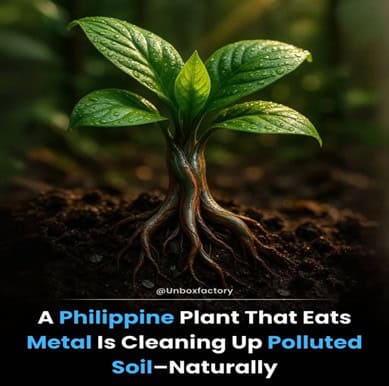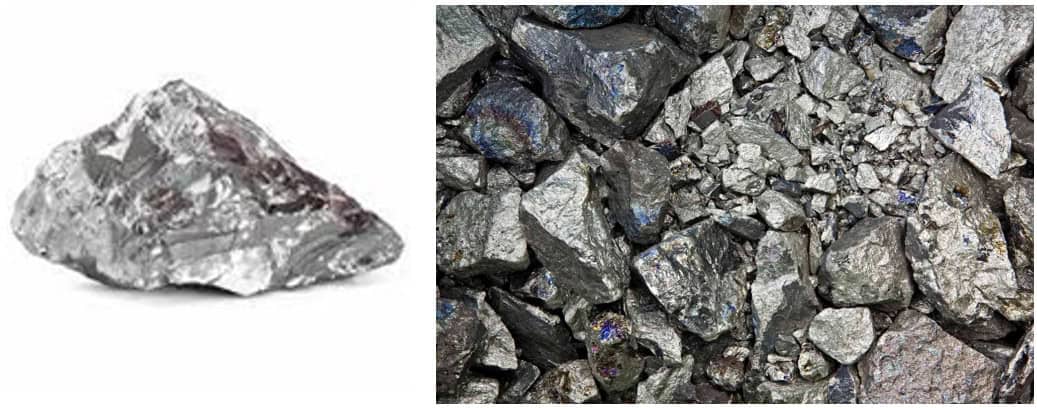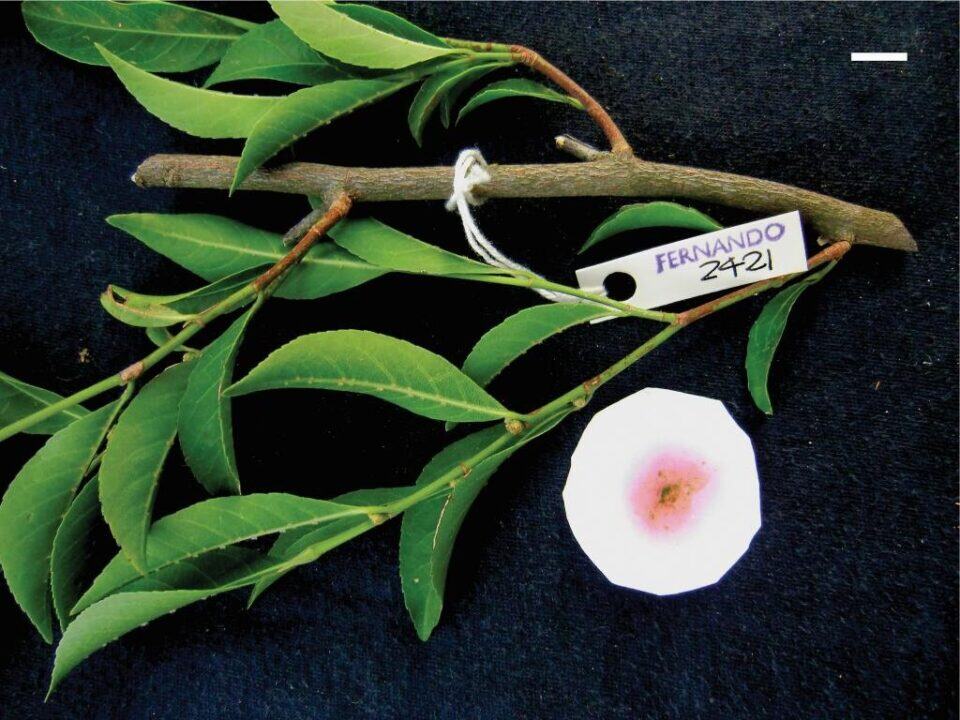A rare plant in the Philippines that absorbs nickel from the soil
A rare plant species in the Philippines, Rinorea niccolifera, absorbs nickel from the soil. Sometimes its leaves absorb up to 18,000 ppm (parts per million) of nickel.
Nickel is a heavy metal that is highly toxic, leading to fatalities in refineries, which are facilities that convert raw materials into valuable substances.

Nickel (Ni) is white in color, with a slight yellow tinge.
It is the most common element in the other five biosphere formations, while Ni is only a byproduct of metal mining. It is quite mobile through air, water, and soil.

Nickel electroplating is a technique by which a thin layer of nickel is electroplated onto a metal. The nickel coat can be decorative, provide corrosion resistance, and be used to make a metal more corrosion-resistant.
Known as a “hyperaccumulator,” it plays a key role in phytoremediation and is used to clean up heavy metal-contaminated land.
This eco-friendly approach helps restore mining sites, reduce heavy metal pollution, and recover valuable metals for industry. Scientists believe it could transform environmental cleanup strategies in areas affected by toxic soils.
The discovery shows how plants have adapted to survive extreme conditions and offers solutions to human environmental problems.

Exposure to nickel can cause allergic contact dermatitis, the most serious of which is skin irritation. Chronic exposure can lead to respiratory problems such as lung cancer, and reproductive, developmental, liver, kidney, and heart problems. Symptoms depend on exposure route and dose, ranging from rashes and respiratory issues to organ damage and cancer. Nickel is toxic in high concentrations, especially in soluble forms, which are more immediately harmful. Less soluble compounds tend to be more carcinogenic where they accumulate.
Nickel is very common in our lives.
✅ Household Items Containing Nickel
🍳 Kitchen & Pantry
- Coffee machines
- Pantry items
- Stainless steel cooking utensils & flatware
- Tinware
- Stainless steel sinks & hand basins
- Faucets
- Cookers & ovens
- Toasters
- Kettles & bakeware
- Stainless steel grills
- Electrical appliances with stainless steel handles (microwaves, refrigerators)
🛋️ Living Room & Bedroom
- Furniture with metal parts
- Glass/stainless steel coffee tables
- Floor lamps
- Watches
- Mobile phones
- Earphones with metal parts
- Umbrellas
👕 Clothing & Accessories
- Belts
- Bras (hooks & underwires)
- Sunglass handles
- Chrome cufflinks
- Some zippers
- Metal buttons on clothing (jeans, jackets)
- Keys, coins
- Gold jewelry less than 14 karats
- Other metal jewelry
- Piercings (holes)
✍️ Office & Small Tools
- Fountain pens
- Scissors
- Paper clips, pins & needles (knitting, acupuncture)
- Hairpins
- Cigarette lighters
- Fasteners
- Rivets
- Snaps
- Hooks
- Batteries
🛁 Bathroom
- Makeup (with nickel sulfate hexahydrate)
- Hair accessories & jewelry
- Stainless steel/chrome showerheads
- Stainless steel towel racks
- Shavers
- Razor blades & shaving sticks
- Eyelash curlers
- Nail clippers & filers
- Tweezers
- Stainless steel toilet flush handles/buttons
- Stainless steel toilet paper holders
- Orthodontic (dental implants)
- Orthopedic (implants)
🚗 Garage & Garden
- All tools (except rubberized handle ones)
- Stainless steel car parts
- Pruning shears
- Most garden tools
- Stainless steel hose nozzles
- Vacuum cleaners
🎵 Musical Instruments
- Guitar strings
- Cello strings
- Flutes
- Trumpets
- Piccolos
- Metal parts in drum sets
👉 Tip: Gloves should be worn when using stainless steel and other metal objects around the house.




